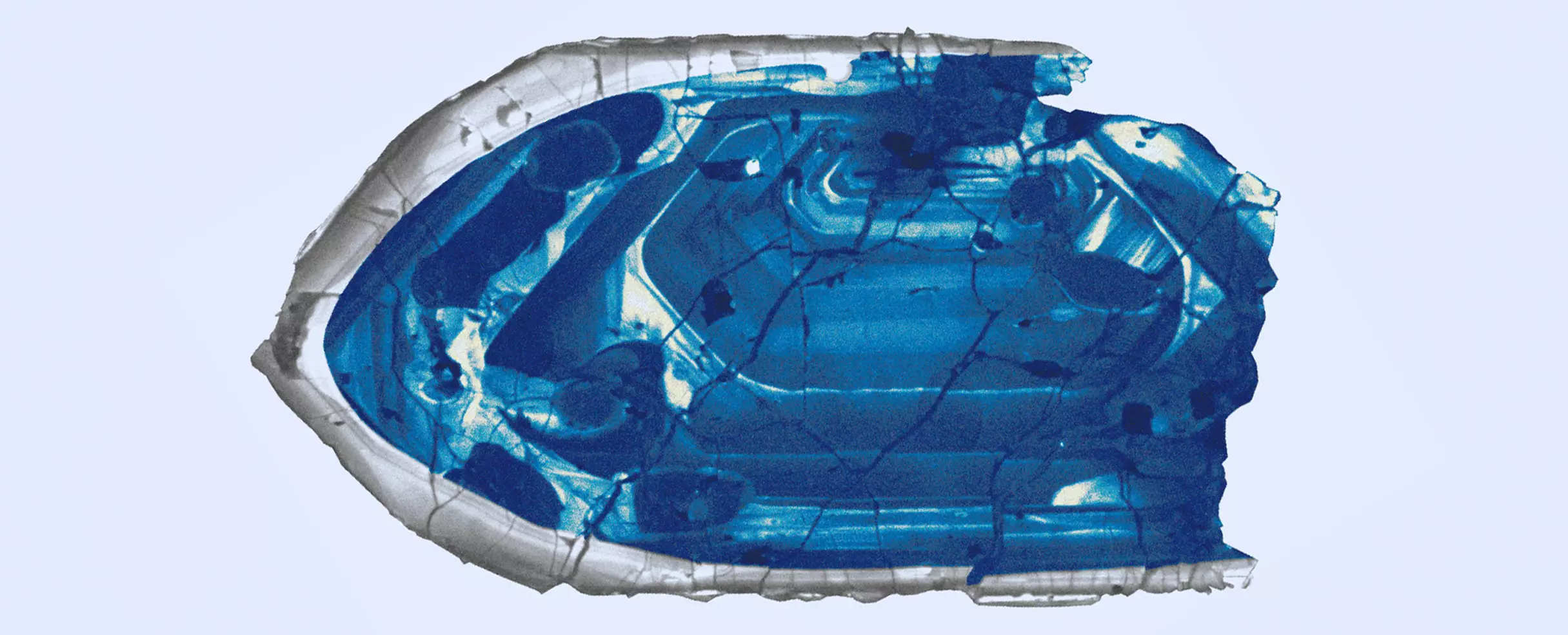Recent research has unearthed groundbreaking evidence that suggests Earth’s surface was first graced with fresh water around 4 billion years ago, significantly earlier than previously believed. This revelation comes from a collaborative effort by a team of researchers from Australia and China who delved into the mysteries of Earth’s past. By analyzing isotopes of oxygen trapped in ancient minerals found in the Jack Hills of Western Australia, they were able to trace the presence of fresh water on our planet during its infancy.
The Jack Hills, home to some of the oldest surviving materials from Earth’s crust, have provided researchers with valuable insights into the planet’s history. For over 4.4 billion years, these ancient minerals have borne witness to the changing landscape of our planet. Despite the arid and barren terrain that characterizes the Jack Hills today, evidence of Earth’s earliest rains has been discovered within the Hadean zircon crystals embedded in the rocks.
Lead author and geologist Hamed Gamaleldien from Curtin University in Australia played a crucial role in unraveling the mysteries hidden within the zircon crystals. Through the use of secondary-ion mass spectrometry, Gamaleldien and his colleagues were able to analyze the composition of the crystals and deduce the presence of light oxygen isotopes, indicative of exposure to fresh water, specifically meteoric water. This finding challenges existing theories about Earth’s hydrological history and broadens our understanding of the planet’s early evolution.
The implications of this groundbreaking discovery extend far beyond geological research. Hugo Olierook, a Curtin University geoscientist and coauthor of the study, highlights the significance of these findings for various scientific disciplines. Not only do they shed light on Earth’s early history, but they also hint at the conditions that paved the way for life to flourish on our planet within a relatively short timeframe. The emergence of landmasses, fresh water reservoirs, and a functioning water cycle earlier than previously thought hints at the possibility of life existing on Earth much earlier than we had imagined.
The new findings challenge the notion that Earth was completely covered by an ocean 4 billion years ago. Instead, they suggest a landscape dotted with landmasses, fresh water bodies, and the beginnings of a water cycle. This concept aligns with the theory proposed by geoscientist John Valley from the University of Wisconsin–Madison, who described Earth’s early environment as “cool” and capable of supporting liquid water and oceans shortly after its formation.
The discoveries made by the research team regarding Earth’s early hydrological history represent a significant milestone in our understanding of the planet’s formative years. By peeling back the layers of time and examining the ancient remnants preserved in the Jack Hills, we gain valuable insights into the conditions that shaped our world billions of years ago. This newfound knowledge not only enriches our understanding of Earth’s past but also spurs further exploration into the origins of life on our planet.


Leave a Reply